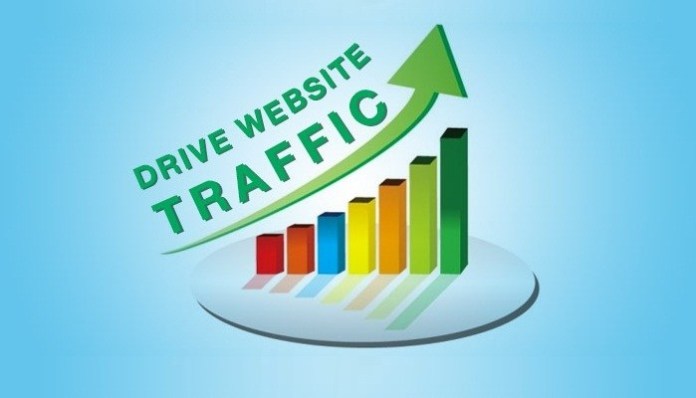By Sean Peek
Email marketing is often cited as having a high ROI, but only if you use it right. Here’s how to make the most of your email marketing software.
Many companies use email marketing to engage consumers and increase sales. Having a list of contacts who want to receive your latest deals, announcements and other advertisements will help you better establish your brand and ultimately grow your business.
If you’ve invested in email marketing, it’s crucial you understand how to best leverage your software to help you manage and target your contacts. Here are some basic tips for using your email marketing software.
Build your opt-in email list
Every good email marketing campaign begins with a curated list of subscribers. Simply mass-emailing past customers and business contacts will not necessarily increase sales — and may, in fact, be against the law, depending on where you do business. If you have customers in Europe, for instance, you’ll need to familiarize yourself with the General Data Protection Regulation (GDPR), which mandates certain rules and policies about collecting and storing customer contact information for marketing purposes.
When launching your first campaign, you’ll want to obtain permission from customers before sending the emails. Your email marketing software should provide opt-in forms for prospects, so you’re only investing in consumers who are actually interested in your brand.
One particularly effective way to build an email list is to offer some kind of incentive — for example, a free, exclusive piece of content like a whitepaper or e-book — in exchange for a person’s contact information. Typically, visitors will need to check a box confirming their consent to receive marketing emails if they want to receive the incentive.
When launching your first campaign, you’ll want to obtain permission from customers before sending the emails.
How to use email list segmentation
Once you have your list of contacts, you should segment your email list to break them up into smaller groups based on specific demographics, like past relationships with your business, location or interests. This will help you target your customer groups specifically, rather than applying a one-size-fits-all approach. Subject lines and messages can be customized based on the group and their email or buying habits, and increase your conversions.
How to improve your email open rate
To ensure your contacts are actually opening your emails, you’ll first have to figure out how to avoid landing in spam (which is why opt-in and opt-out options are crucial). Email marketing software typically takes care of this for you, ensuring your IP address hasn’t been flagged as spam in the past. You’ll also want to personalize your metadata, like your To: field and domains.
There’s also no point in wasting time with inactive subscribers. If a consumer hasn’t been engaging in your content for over six months, it’s best to send a last-chance email that asks if they’re still interested in receiving emails. Anyone who does not respond can then be removed.
To encourage subscribers to stay active, though, SCORE recommends making emails short and mobile-friendly, and including a call to action (CTA). Taking that a step further, the SBA recommends testing as a great way to ensure you’re actually reaching your targeted inboxes, your subject lines are catchy enough and that you’re sending emails at the right times and on the right days.
CO— aims to bring you inspiration from leading respected experts. However, before making any business decision, you should consult a professional who can advise you based on your individual situation.
Feature Image Credit: Getty Images/skynesher
By Sean Peek
Sourced from CO – by US Chamber of Commerce











